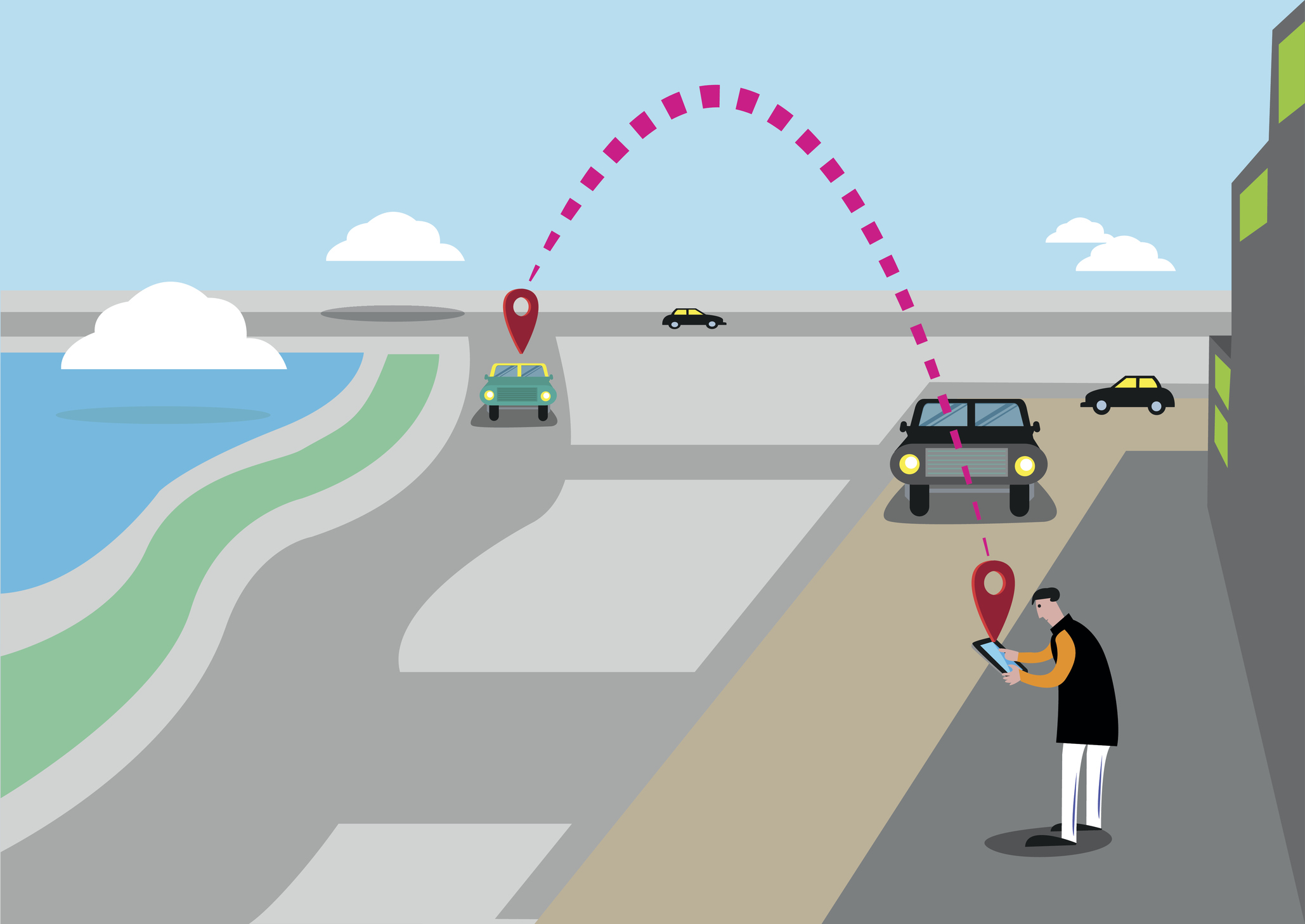
When Uber entered the Chinese market in 2016, DiDi forked over $35 billion to acquire Uber China. With a total of $21.2 billion, DiDi successfully raised capital. Similar to Uber, the Chinese ridesharing company DiDi was established in Beijing in 2012. Lyft is the number two player in the market, behind only Uber, with a 31% share. In the United States, this ridesharing service is available in 644 cities, whereas in Canada, it is available in 12 cities. In 2012, a year after Uber’s 2012 inception, another significant San Francisco-based ride-sharing startup Lyft, was launched. Uber operates in over 70 countries and has facilitated over 7 billion driver journeys. It is now the standard for both iOS and Android. Uber’s first official application debuted in San Francisco in 2011. You can develop uber like rideshare app for your taxi business For its first few years on the market, UberCab catered to those who could afford to ride in style. Uber was launched in 2009 as UberCab by Garrett Camp and Travis Kalanick. In the United States alone, the ridesharing market is estimated to be worth $61 million.Reports indicate that commuters in China, the United States, and Europe favor ridesharing over public transportation.According to research, By 2026, the ridesharing industry’s revenue is projected to reach $185.1 billion, creating a long-term growth opportunity for entrepreneurs.Over the next few years, the worldwide ridesharing market is expected to expand at a CAGR of 16.6%.To appreciate why the ride-sharing industry is so promising, it’s necessary to examine the current market. On the contrary hand, the market is without a doubt thriving. People are changing how they arrange rides and how they like to travel. There is a pressing need for taxi booking app development in the modern economy.

Therefore, ridesharing companies do not withhold taxes from drivers’ salaries and offer flexible hours. The majority of drivers are self-employed. To clarify, the drivers are independent car owners who have adopted the ridesharing business model. The traditional model, in which private companies own the infrastructure, has given way to the sharing economy model, which just permits interactions between people.

The technology that facilitates transactions between providers of goods and services and their respective clients is the backbone of the “sharing economy.” Ridesharing ( also called carpooling ) is a fast and easy way for people to find a one-way ride to their destination.



 0 kommentar(er)
0 kommentar(er)
